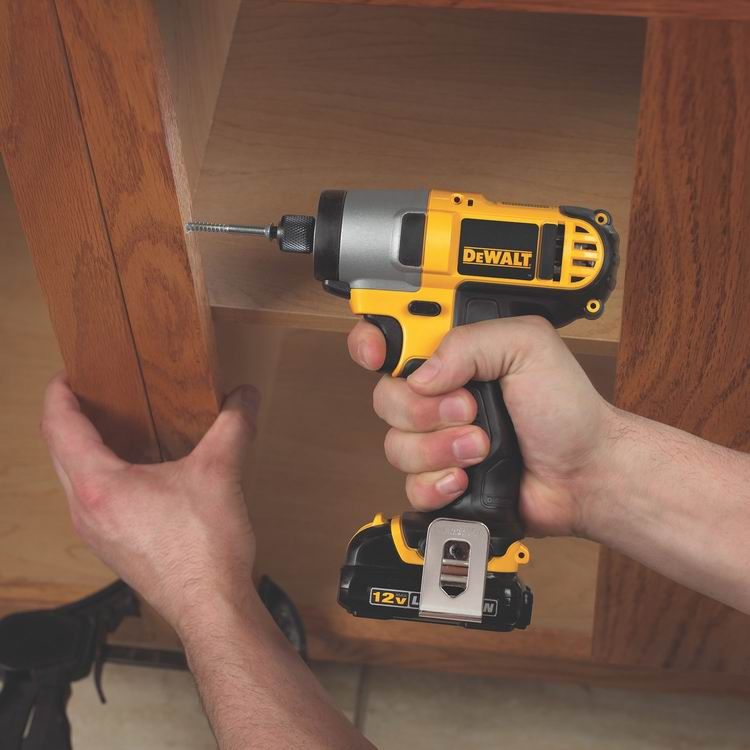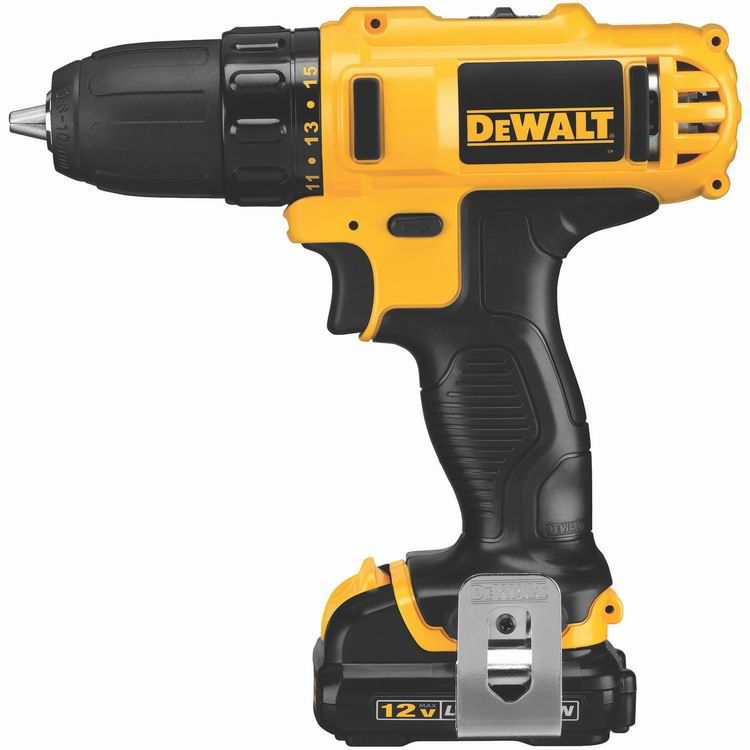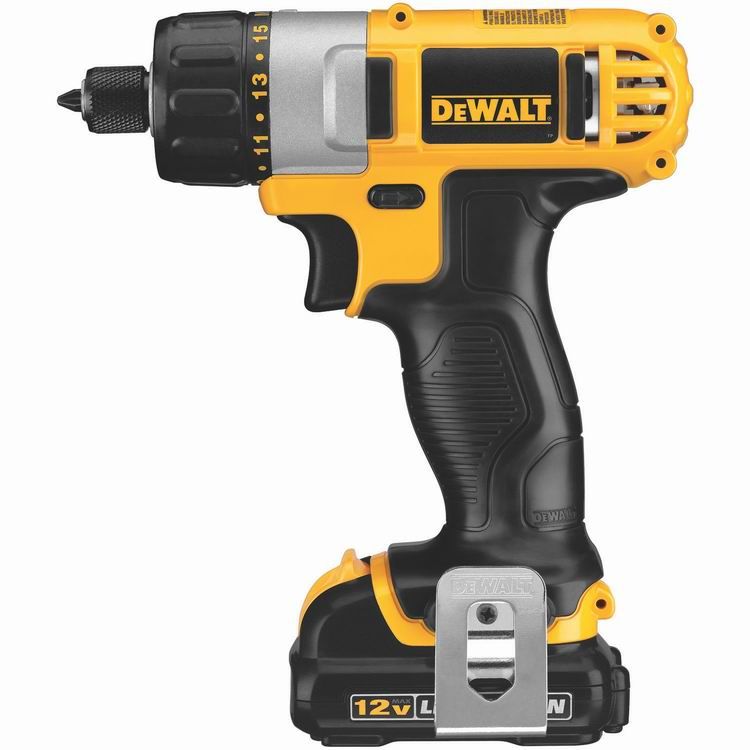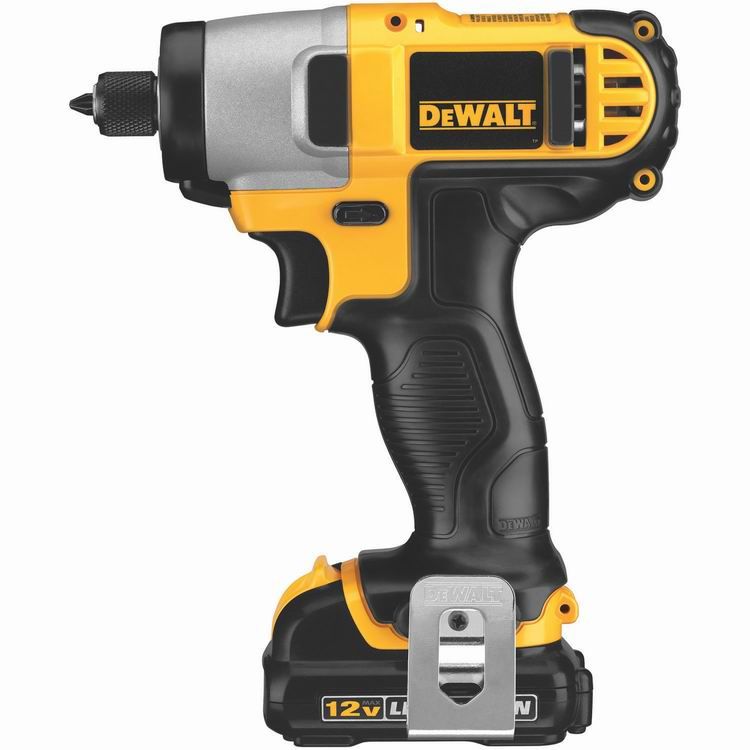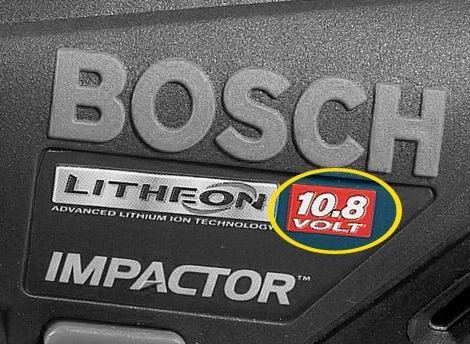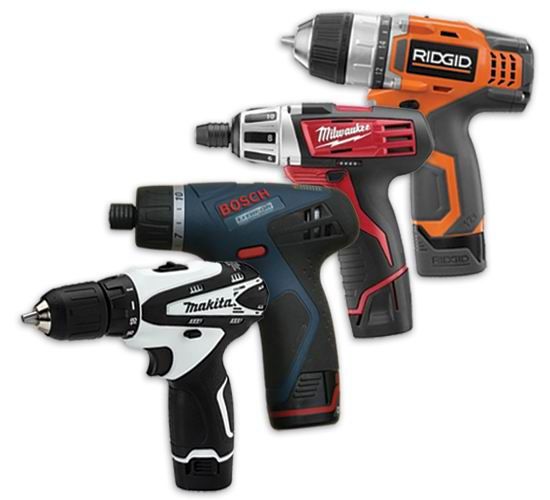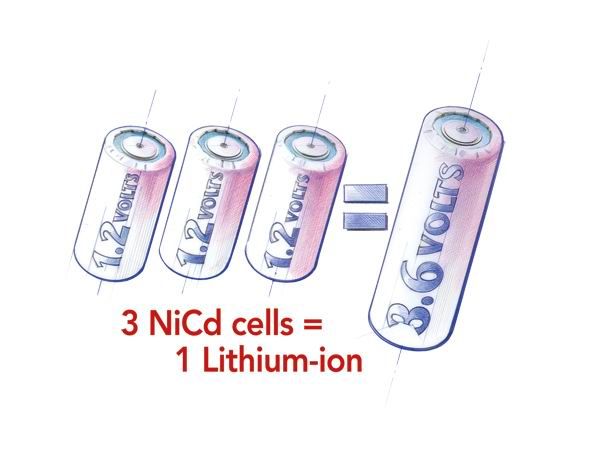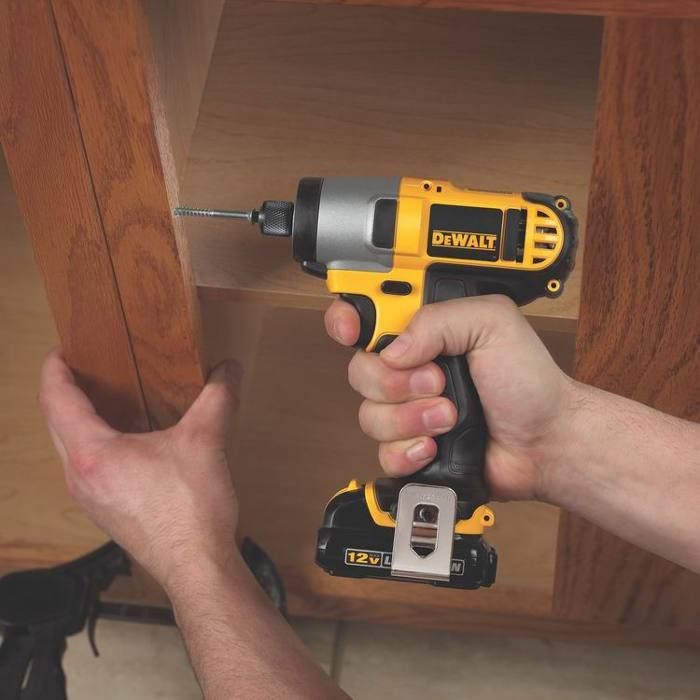
12v Li-ion tools are quickly gaining in popularity and sales. When you look at the chain of events, it’s not hard to see why. Here’s a brief and simplistic timeline:
-
Several years ago nickel-based batteries gave way to lighter more powerful Li-ion technology. Suddenly toolmakers were able to pack 3x the voltage into the same size pack, with no weight penalty.
- Tools came in all over the voltage spectrum, but it was Bosch that pioneered the low-voltage end of the spectrum with their 10.8v driver.
- Bosch’s compact tool was a huge success, and opened up a new and attractive market segment. In the years that followed, Milwaukee, Makita, and Ridgid produced similar (damn near identical, if you ask me) 12v drivers.
Yesterday, nearly 4 years after the first tools in this category hit the streets, DeWalt unveiled their 12v Max line of drills, drivers, and inspection tools.
I know what you’re thinking…
“Oh great, now I have my choice of the same drill in blue, white, orange, red and yellow.”
I thought the same thing, but the DeWalt is a fresh take. It’s obvious just from looking at the shape of the tools…


I haven’t had the opportunity to drive more than a few screws with the new tools, but here’s my take based on what I know so far:
What they got right:
- Battery configuration – Rather than orienting the trio of 3.6v cells vertically and sliding the pack into the handle of the tools, DeWalt laid them horizontal. This means a flat-bottomed tool (read: it stands up) that feels more balanced (read: it ain’t top heavy).
- Comfort – Arranging the batteries horizontally allowed the DeWalt industrial designers to create a hand grip that was much skinner and more ergonomically suited for a human hand (read: it’s comfy to hold). Hitachi also took this approach, but because their batteries are stick-style (they have a post that slides into the handle of the tool) the handle is still fairly fat.
- One-handed chuck – DeWalt’s engineers figured out how to make a one-handed chuck, which allows bits to be chucked into the tool without pulling back on the knurled collar.
- Belt hook – The folks in the yellow shirts didn’t make too much fuss about the hooks, but I thought they were cool because they can be used to hang the tool from a regular belt, but they also have an angled section that allows the tool to hang from a screw or nailhead
What they got wrong:
- More than a little late – According to the last numbers I saw, DeWalt was the market leader in cordless tools. It’s not reassuring to see the company in 1st place take so long to come to market with a competitive 12v line of tools, especially when Bosch is already well into their 2nd generation.
- Price – I’m hesitant to say this was something that DeWalt got “wrong”, because price shouldn’t be judged before the tool is thoroughly tested, and a $10 difference between DeWalt and the nearest price competitor (Bosch) isn’t too big of a deal. Still, I would be remiss not to mention the dollar-difference in times like these.
Watch for a full review of these tools when we receive samples. For more on Li-Ion technology, read
What You Need to Know About Lithium-ion Batteries
Fine Homebuilding Recommended Products
Fine Homebuilding receives a commission for items purchased through links on this site, including Amazon Associates and other affiliate advertising programs.

Handy Heat Gun

Affordable IR Camera

8067 All-Weather Flashing Tape


